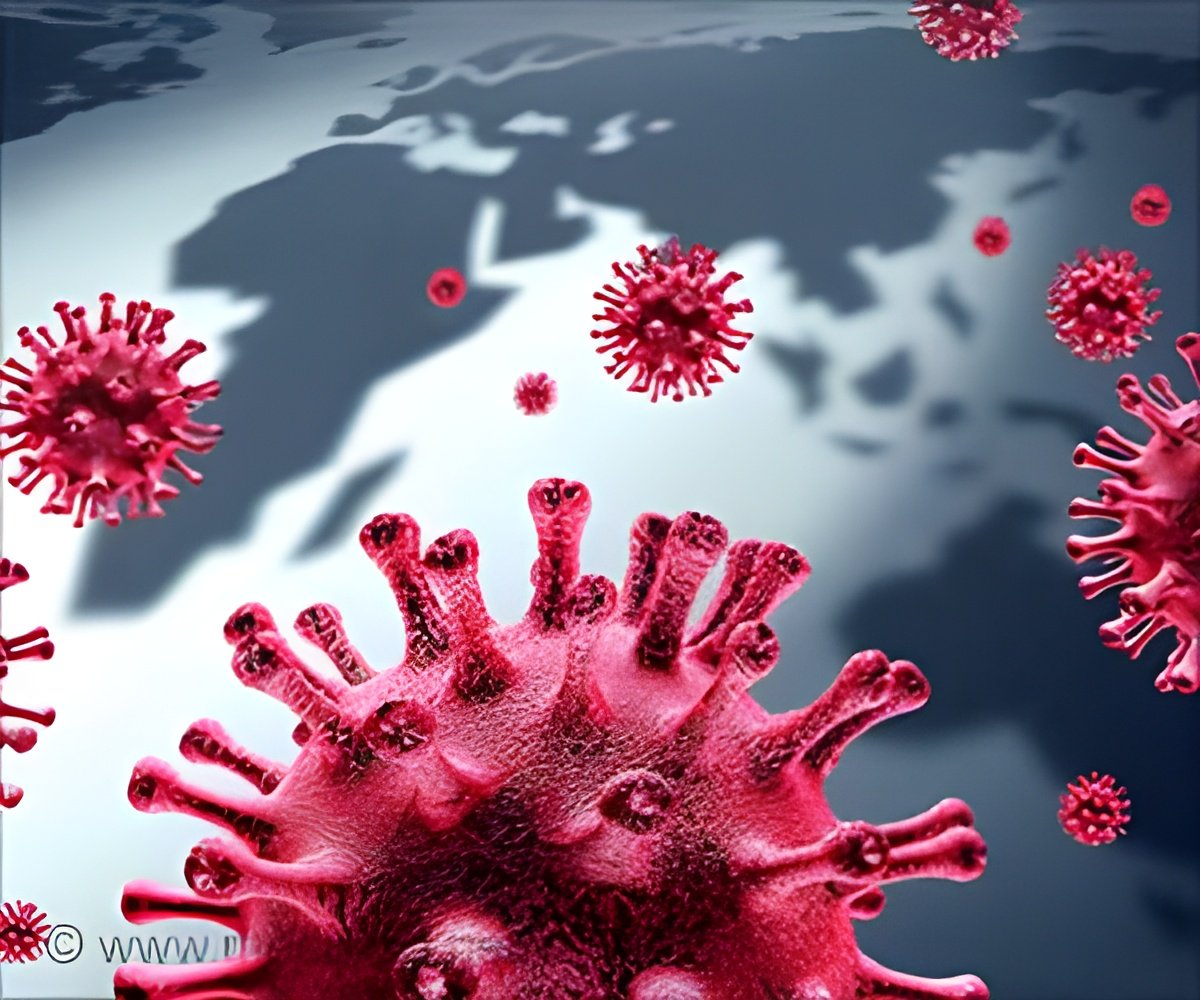Study showed that climate change might have played a vital role in the coronavirus pandemic.

‘Area in Southeast Asia has been termed as "a global hotspot" for bat species and genetic data suggests that SARS-CoV-2 originated in this region.’
Read More..




Scientists are concerned climate change will make future pandemics more likely. Read More..
Dr. Robert Beyer, lead author, explains that if bats carrying around 100 coronaviruses expanded into a new area due to climate change, then it would seem likely that this will increase the chance that a coronavirus that is harmful to humans is either present, transmitted, or evolves in this area.
When compared to current bat populations, researchers found that the number of different bat species found in a given area has increased in this region of Southeast Asia (the forests of southern China, Myanmar, and Laos) more than any other place on Earth. The study did not consider overall population sizes, only the diversity of bat species in the area.
Climate changes like an increase in temperature, sunlight, and carbon dioxide, have changed the makeup of vegetation in these regions, turning tropical shrublands into tropical savannah and deciduous woodlands that are more suitable to bat species.
The authors state that this area in Southeast Asia has been termed as "a global hotspot" for bat species and genetic data suggests that SARS-CoV-2 originated in this region. This is the first evidence that suggests climate change could have directly played a role in the emergence of the COVID-19 pandemic.
Advertisement
He explains that the study is wrong in assuming that the increased diversity of bats leads to an increased risk of a bat-borne virus jumping to humans. He adds that the vast majority of bats are harmless to humans as they don't harbor viruses that can make humans sick.
Advertisement
While there is some caution to be taken, there is widespread agreement in the scientific community that climate change will be a growing driver of emerging infectious diseases and pandemics in the future.
"Climate change can increase transmission in several ways," said Ostfeld. "So, yes, it concerns me as a driver of future pandemics."
Beyer and team strongly recommend the following measures to reduce the risks -
Limit human and wildlife interactions
1) Imposing strong regulations on wildlife hunting and trade
2) Discouraging wildlife-dependent dietary and medicinal customs
3) Establishing strict animal welfare standards on farms, markets, and transport vehicles.
Source-Medindia















